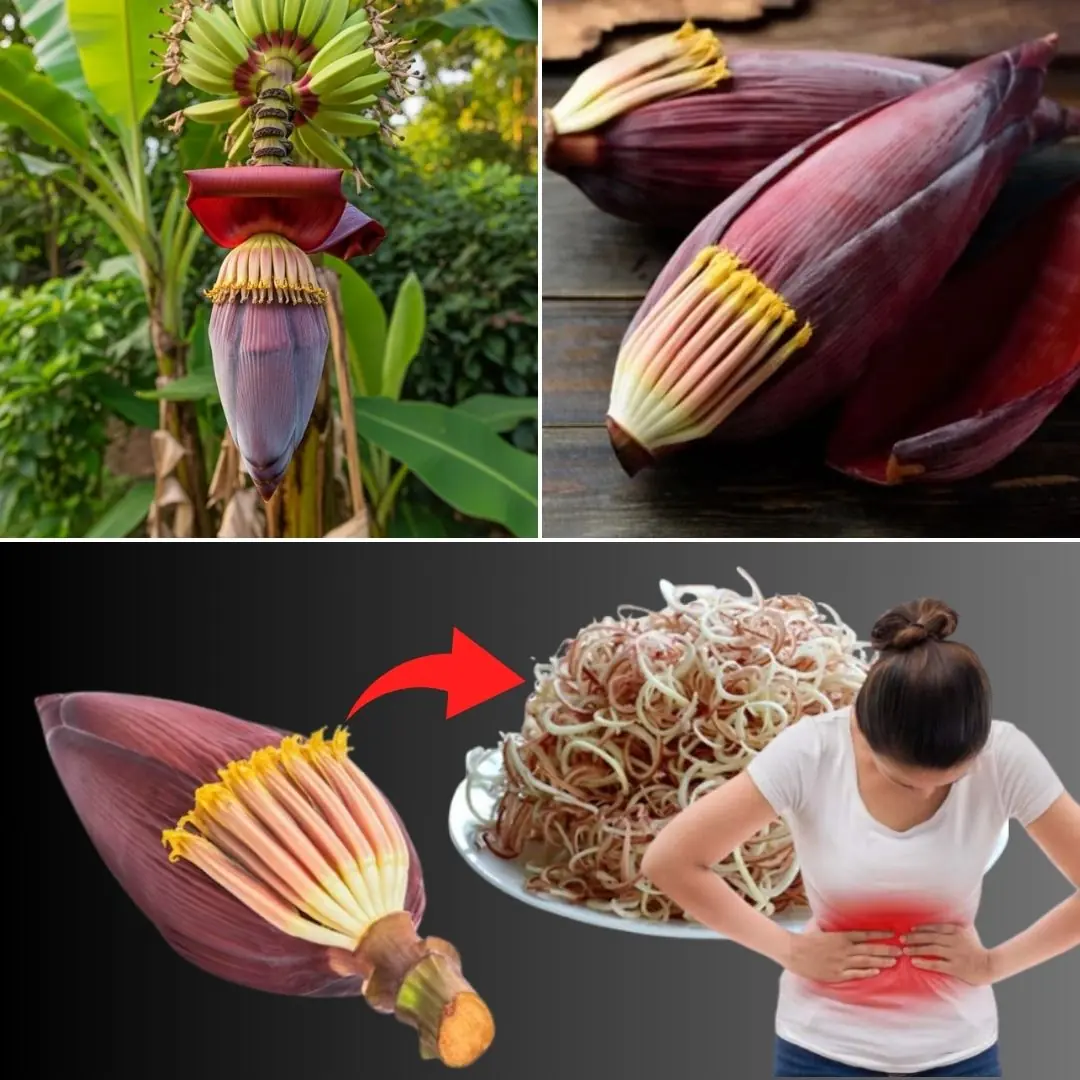
The Secret Superfood Hiding in Your Backyard: Why Common Mallow Will Blow Your Mind
Have You Met This Backyard Superfood? Discover the Hidden Health Benefits of Common Mallow
Have you ever strolled through your garden or walked past a green patch and wondered whether any of those wild plants might be secretly powerful? One of them might be common mallow—a humble, often-overlooked plant that’s brimming with surprising health benefits. While many mistake it for a mere weed, common mallow is actually a nutritional treasure trove with healing properties that could easily elevate your wellness routine. From calming inflammation to strengthening your immune system, this plant is more than meets the eye.
Let’s explore what makes common mallow so special, how to identify it, and creative ways to include it in your daily diet.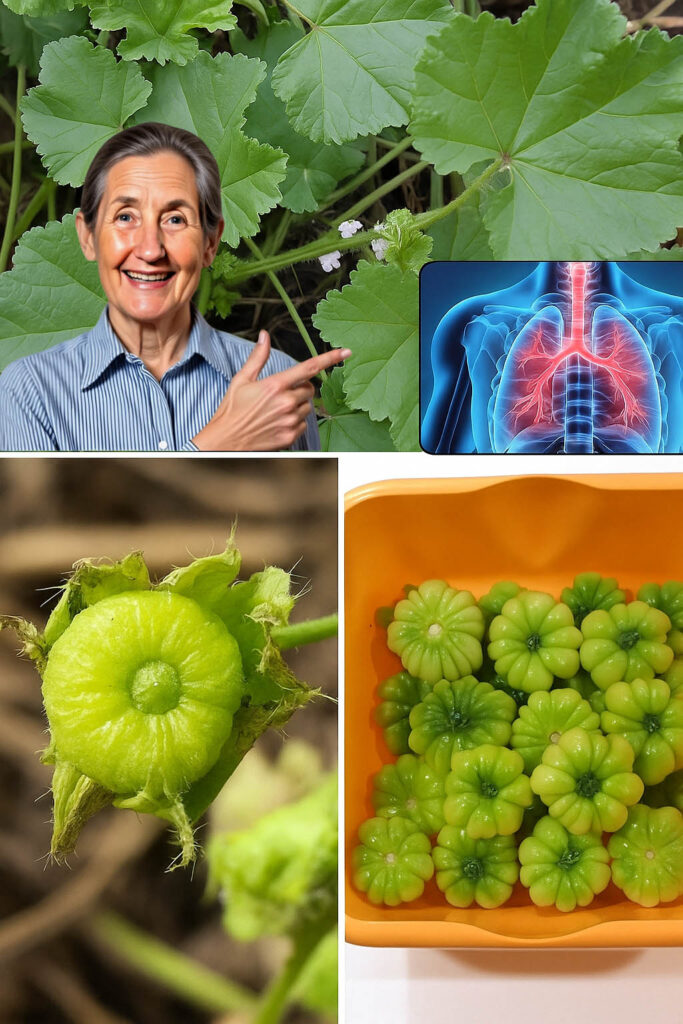
What Exactly Is Common Mallow?
Common mallow, or Malva sylvestris, is a leafy green herb that grows freely in yards, gardens, abandoned lots, and even in the cracks of sidewalks across North America and Europe. With soft, rounded leaves and delicate purple-pink flowers, it's often overlooked—or worse, pulled out as a weed. But historically, mallow has been revered for its medicinal qualities for centuries. Ancient Greeks, Romans, and various Indigenous cultures used it in teas, poultices, and tonics for a wide range of ailments.
Nutritionally, mallow is rich in vitamins A, C, and E, calcium, magnesium, potassium, and antioxidants. According to the USDA, it also contains high levels of dietary fiber and mucilage—a gel-like substance that helps protect and soothe the body’s internal tissues. These nutrients make mallow more than just edible—it’s a potential wellness ally growing right outside your door.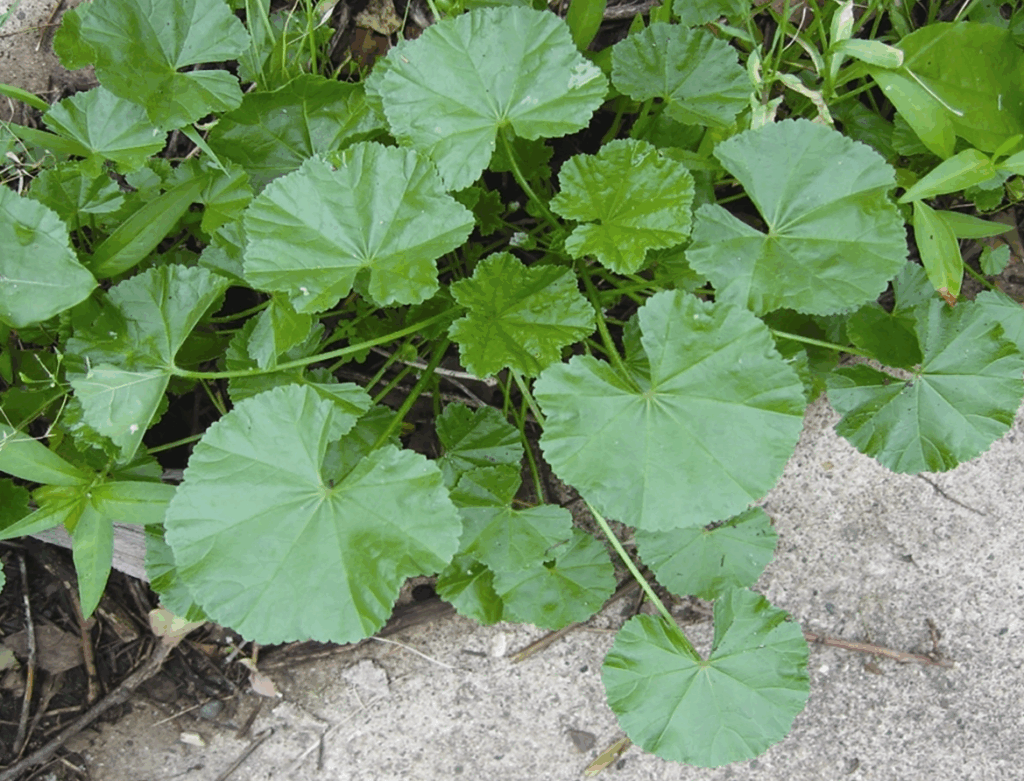
The Impressive Health Benefits of Common Mallow
While common mallow may look unassuming, its health benefits are anything but. Here’s how incorporating mallow into your routine can help:
-
Reduces Inflammation Naturally: Mallow contains anti-inflammatory flavonoids and polyphenols, which can help reduce swelling, pain, and irritation—both internally and externally. According to research published in the Journal of Ethnopharmacology, compounds in mallow may relieve sore throats, swollen gums, or inflamed skin.
-
Aids Digestive Comfort: The mucilage in the leaves and roots acts as a soothing agent in the digestive tract, helping to ease constipation, acid reflux, and stomach irritation. Herbalists have long used it to calm ulcers and irritable bowel symptoms.
-
Boosts Immune Function: High levels of vitamin C and plant antioxidants help fight off infections and strengthen the immune system, especially during the colder months when viruses are more prevalent.
-
Nourishes and Protects the Skin: When applied topically, mallow’s soothing and hydrating properties can help with eczema, bug bites, minor burns, or sun damage. It’s often found in natural skincare formulations for its calming effect.
-
Supports Respiratory Health: Mallow tea has traditionally been used as a natural remedy for coughs and bronchitis. Its mucilaginous compounds help coat the throat and lungs, reducing irritation and dryness.
-
Fights Oxidative Stress: Thanks to its abundance of antioxidants like anthocyanins, common mallow may help combat cellular damage caused by free radicals—supporting longevity and overall vitality.
With such a wide range of benefits, this plant is a worthy addition to any holistic health plan.
How to Identify and Safely Harvest Common Mallow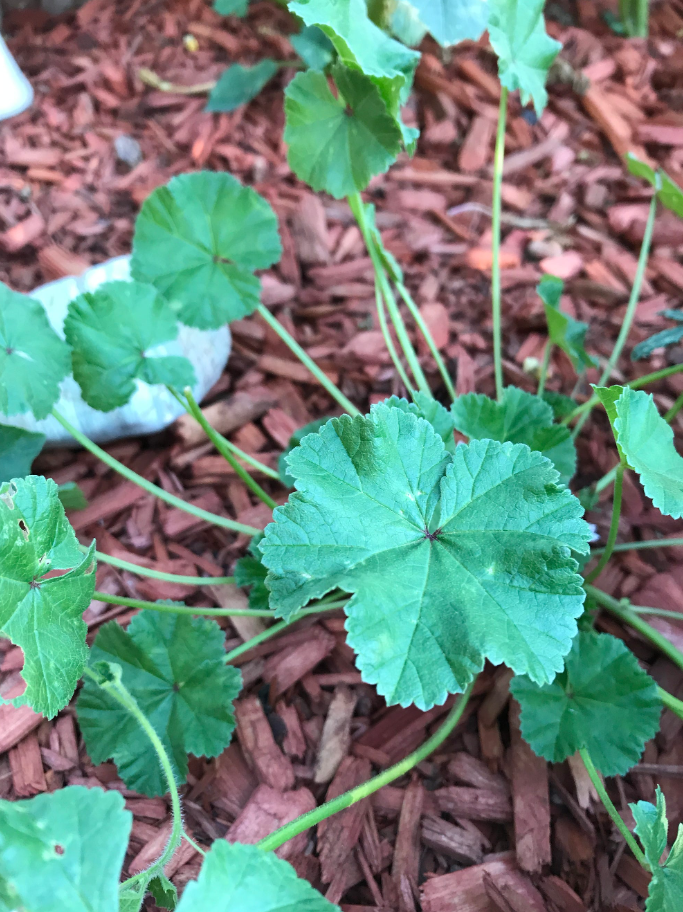
Before you start foraging, proper identification is key. Some plants can look similar but be harmful or toxic.
Here’s how to identify common mallow:
-
Leaves: Rounded or kidney-shaped with five to seven lobes; soft and slightly hairy to the touch.
-
Flowers: Typically small and purple or pink with darker veins, blooming from early summer to late fall.
-
Height: Grows low to the ground or up to 3 feet tall, depending on conditions.
-
Stems: Sturdy and slightly woody at the base, often covered in soft hairs.
-
Habitat: Found in sunny or partly shaded areas—lawns, roadsides, gardens, or disturbed soil.
Harvesting Tips:
-
Pick young leaves and flowers in the morning for maximum freshness and flavor.
-
Use clean scissors and avoid areas near busy roads or chemically treated lawns.
-
Always wash the plant thoroughly to remove dirt, insects, or pollutants.
-
If you’re unsure about identification, consult a local botanist or use a plant ID app like PictureThis or PlantNet.
Delicious Ways to Add Common Mallow to Your Diet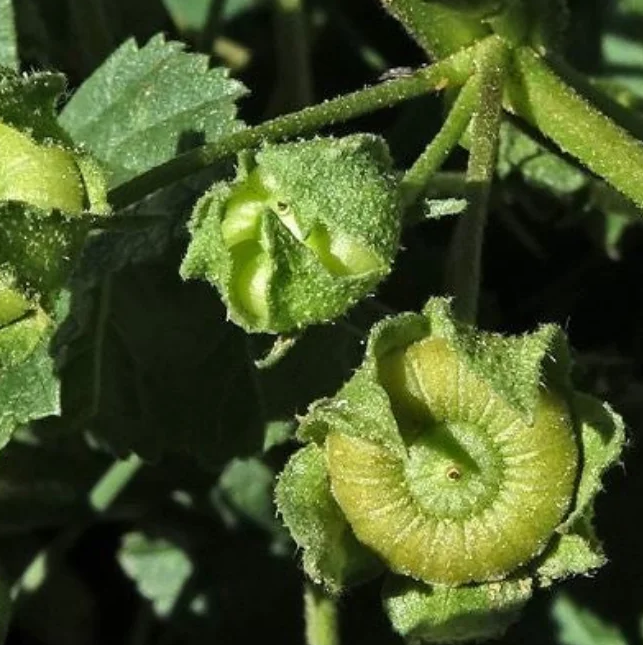
The best part? Mallow is not only medicinal—it’s also edible and versatile in the kitchen. It has a mild, slightly grassy flavor that pairs well with both savory and herbal dishes. Here are a few easy ways to enjoy it:
-
Mallow Tea: Steep a handful of fresh or dried mallow leaves in hot water for 10–15 minutes. It’s soothing for sore throats and digestion. Add lemon or honey to taste.
-
Smoothie Add-In: Blend mallow leaves with fruits, greens, and a splash of almond milk for a nutrient-rich green smoothie.
-
Salad Greens: Use tender young mallow leaves raw in salads. They mix beautifully with spinach, arugula, cherry tomatoes, and a lemon vinaigrette.
-
Soup or Stew Thickener: Add chopped mallow to soups, stews, or broths. It helps thicken the consistency while boosting nutrition.
-
Pesto Alternative: Create an herbal pesto using mallow leaves instead of (or alongside) basil, blended with garlic, nuts, olive oil, and lemon juice.
-
Herbal Wraps: Use the large leaves as edible wraps, like grape leaves, to hold grains, veggies, or proteins.
Start with small servings to ensure your body tolerates it well, especially if you’re prone to allergies.
Safety Tips and Precautions
While mallow is considered safe for most people, it’s always wise to take a few precautions:
-
Check for Allergies: Start with a small amount and monitor your body’s reaction. Some people may experience mild sensitivities.
-
Consult with Your Doctor: If you’re pregnant, breastfeeding, or taking medications (especially diuretics or blood thinners), speak with your healthcare provider first.
-
Avoid Toxic Mimics: Plants like nightshade or henbane may resemble mallow at first glance but are poisonous. Double-check using a guidebook or plant app.
-
Practice Safe Foraging: Avoid areas exposed to pesticides, herbicides, or vehicle pollution. Rinse all harvested plants thoroughly with clean water.
Why Common Mallow Is a Smart and Sustainable Superfood
In addition to its nutritional profile, common mallow is an environmentally friendly choice. It grows abundantly in most temperate climates without fertilizers, pesticides, or much water. That means it requires very few resources to thrive, making it a low-impact alternative to store-bought greens.
According to the EPA, foraging edible plants like mallow contributes to biodiversity and helps reduce the carbon footprint associated with commercial agriculture. By incorporating local wild plants into your diet, you’re not only nourishing your body—you’re also supporting a healthier planet.
And best of all? It’s free. No need for packaging, transport, or shelf space. Mallow is nature’s gift—waiting just beyond your doorstep.
Embrace the Power of Mallow in Your Daily Life
Common mallow is so much more than a weed. It’s a nutrient-rich, eco-friendly powerhouse that supports your health in multiple ways—from your digestive system to your skin. With its mild taste, wide range of uses, and accessibility, it’s an easy plant to incorporate into your meals, remedies, and routines.
So next time you see this modest green plant growing near your garden path, take a closer look. It might just be the superfood you didn’t know you needed.
Give it a try: Brew a cup of mallow tea, toss a few leaves into your salad, or explore your backyard with fresh eyes. Your wellness journey just got a little greener—and a lot more exciting.
Disclaimer: This article is intended for informational purposes only and should not be considered medical advice. Always consult with a healthcare professional before making dietary or health-related changes.
News in the same category

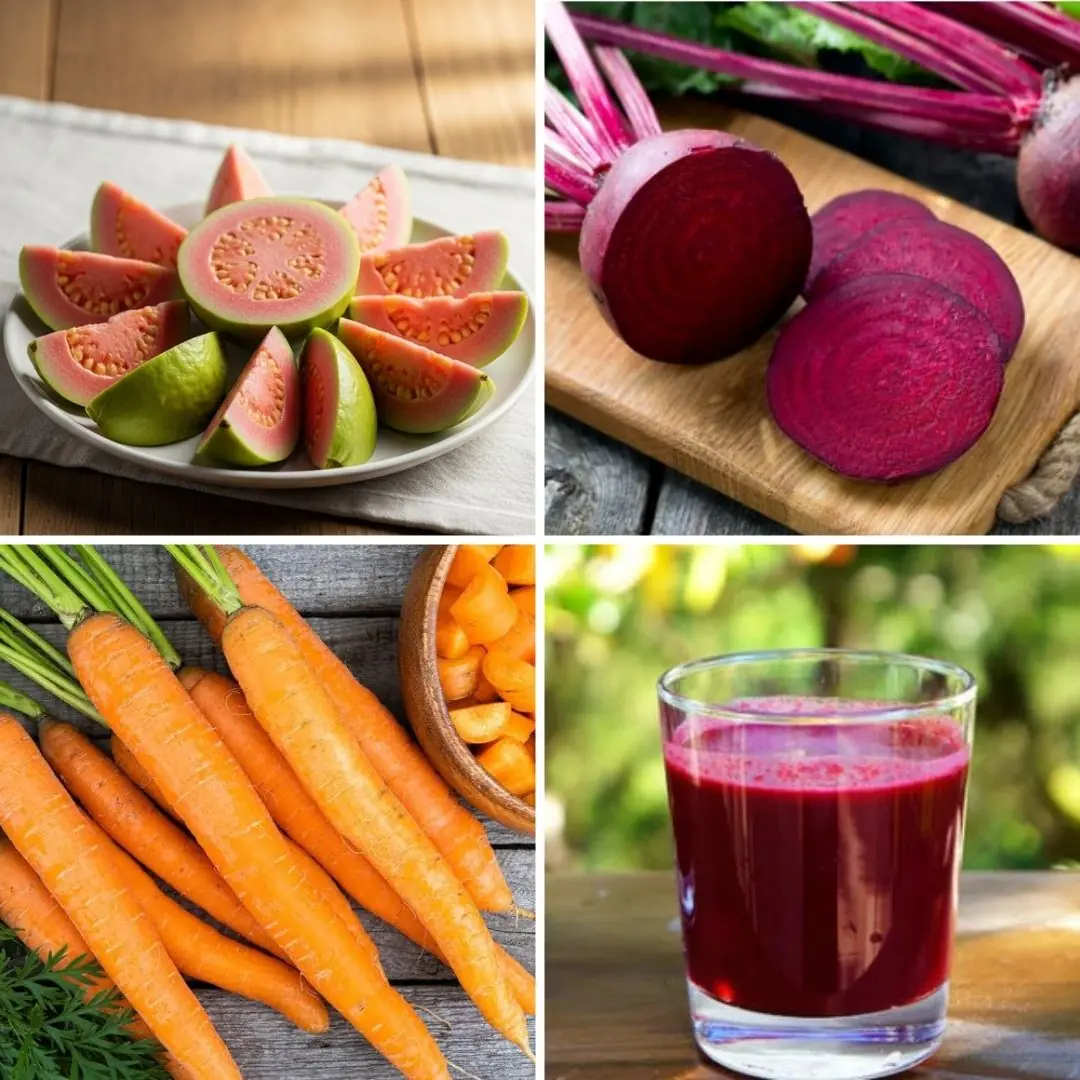
Say Goodbye to Anemia, Cleanse Fatty Liver, and Restore Vision in Just 7 Days With This Powerful Natural Remedy

Ditch Bad Vision for Good! Carrots Can Boost Your Eyesight, Hearing, Memory & Immunity
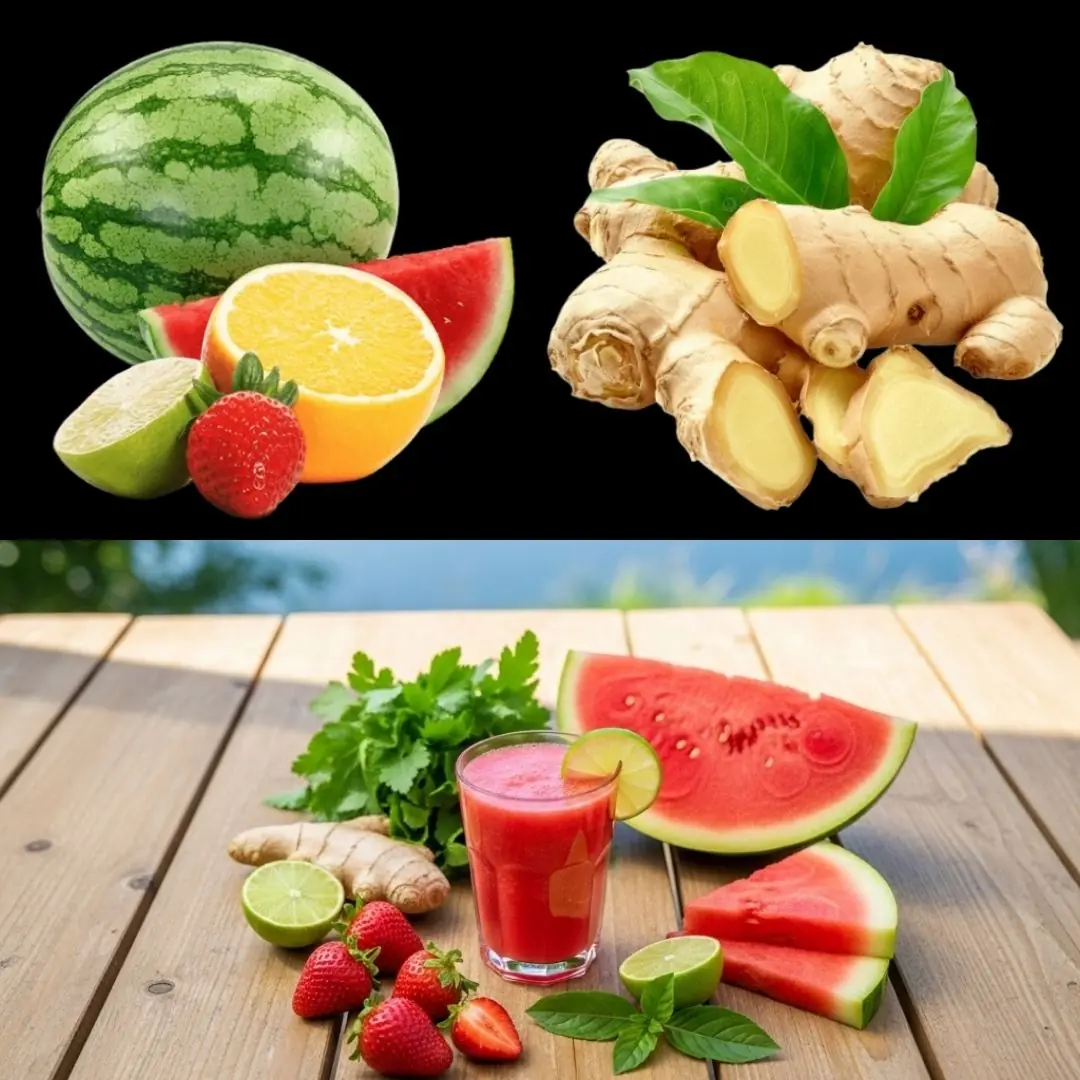
Watermelon Juice with Carrot, Beetroot, and Ginger: A Refreshing, Nutrient-Packed Drink

Shocking Secret Revealed: Erase Facial Hair Naturally with THIS Kitchen Staple!

🌿 OKRA BENEFITS – 20 Impressive Health Benefits of Okra You Need to Know!
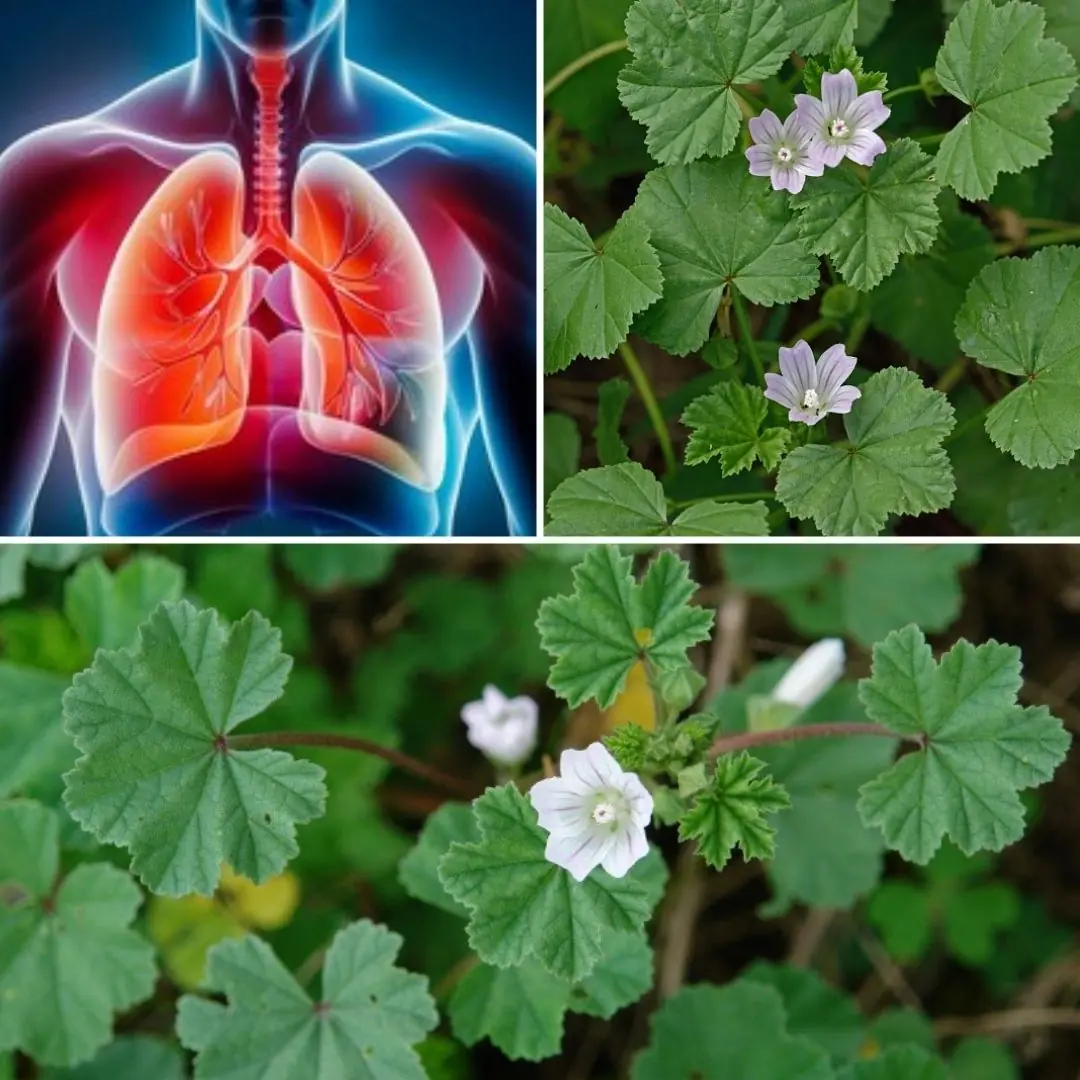
Dwarf Mallow (Malva neglecta): The Overlooked Superplant Your Body Will Thank You For
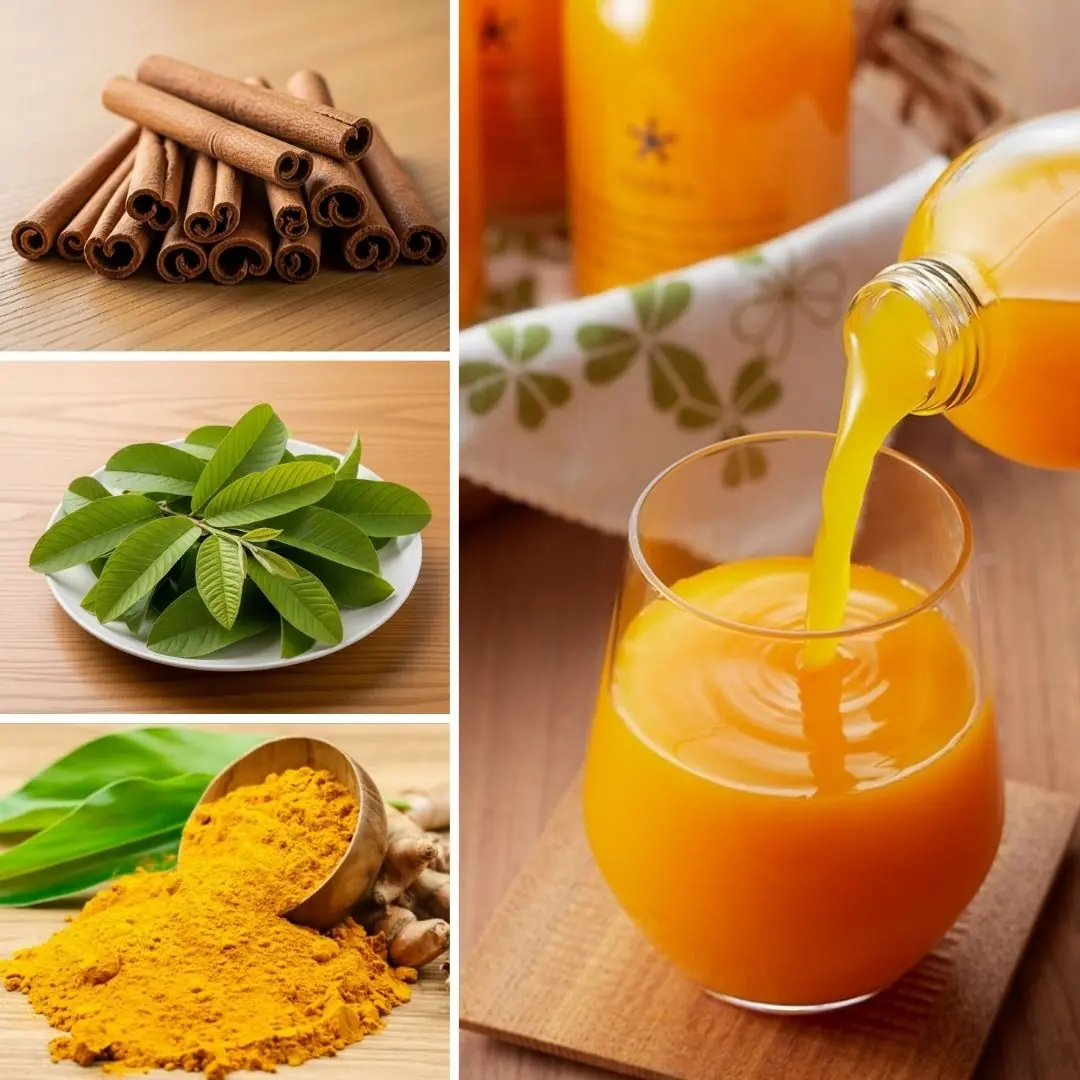
The Powerful Natural Drink Recommended by Dr. Frank Suárez to Help Combat Cancer, Diabetes, and Fatty Liver

Leaf of Life: Unlock the Miracle Plant Growing in Your Backyard
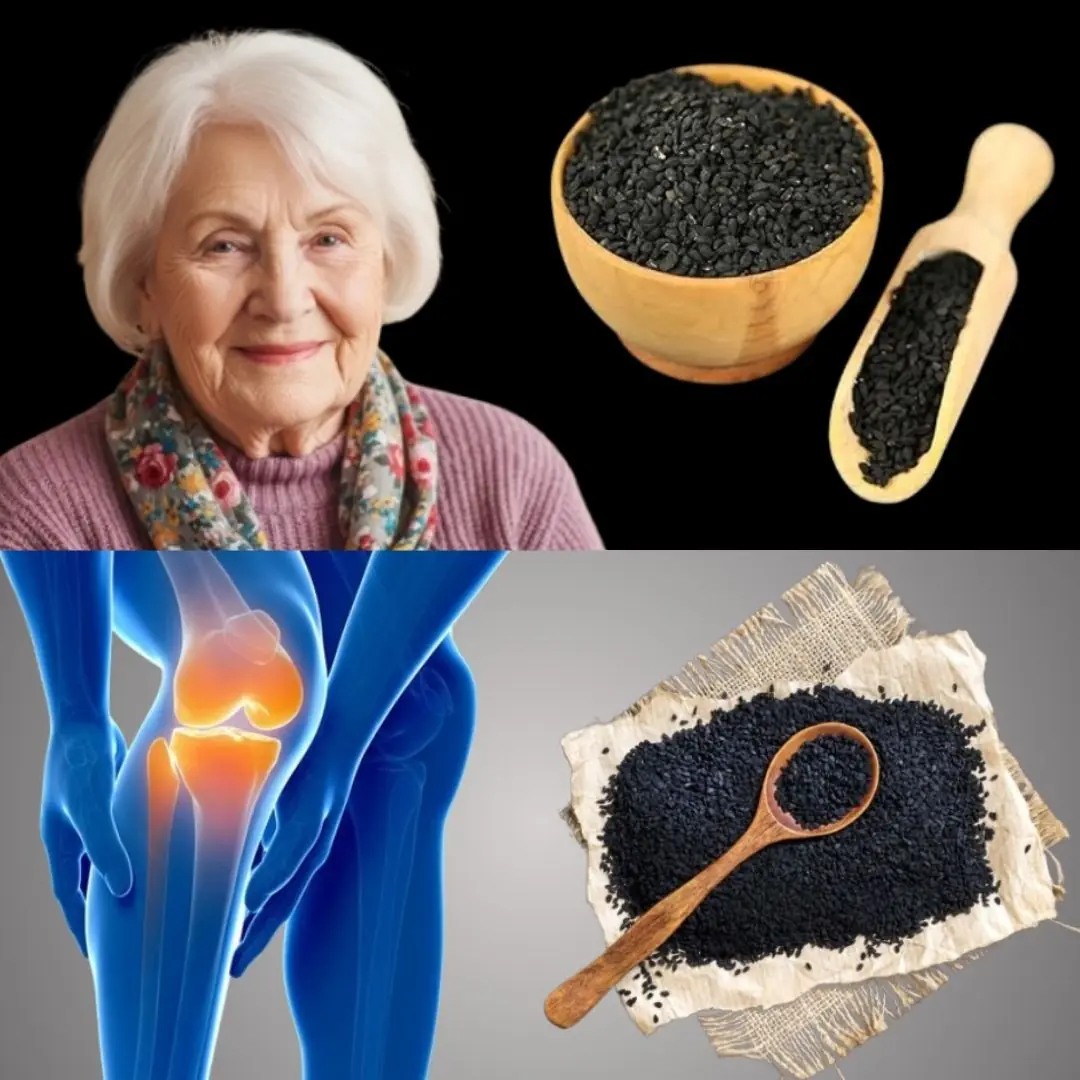
My Grandma Healed Her Joints and Now Runs Like a Young Girl – Thanks to Black Cumin Seeds!

Homemade Syrup That Clears Cough & Flu Fast — Just 3 Powerful Ingredients!

I Ate 2 Dates a Day — Here’s What Happened to My Body

The 2025 Wellness Revolution: A Drink to Transform Your Health!

Nature’s Secret Superfood: Why Purslane Is the Game-Changer Your Health Needs 🌿
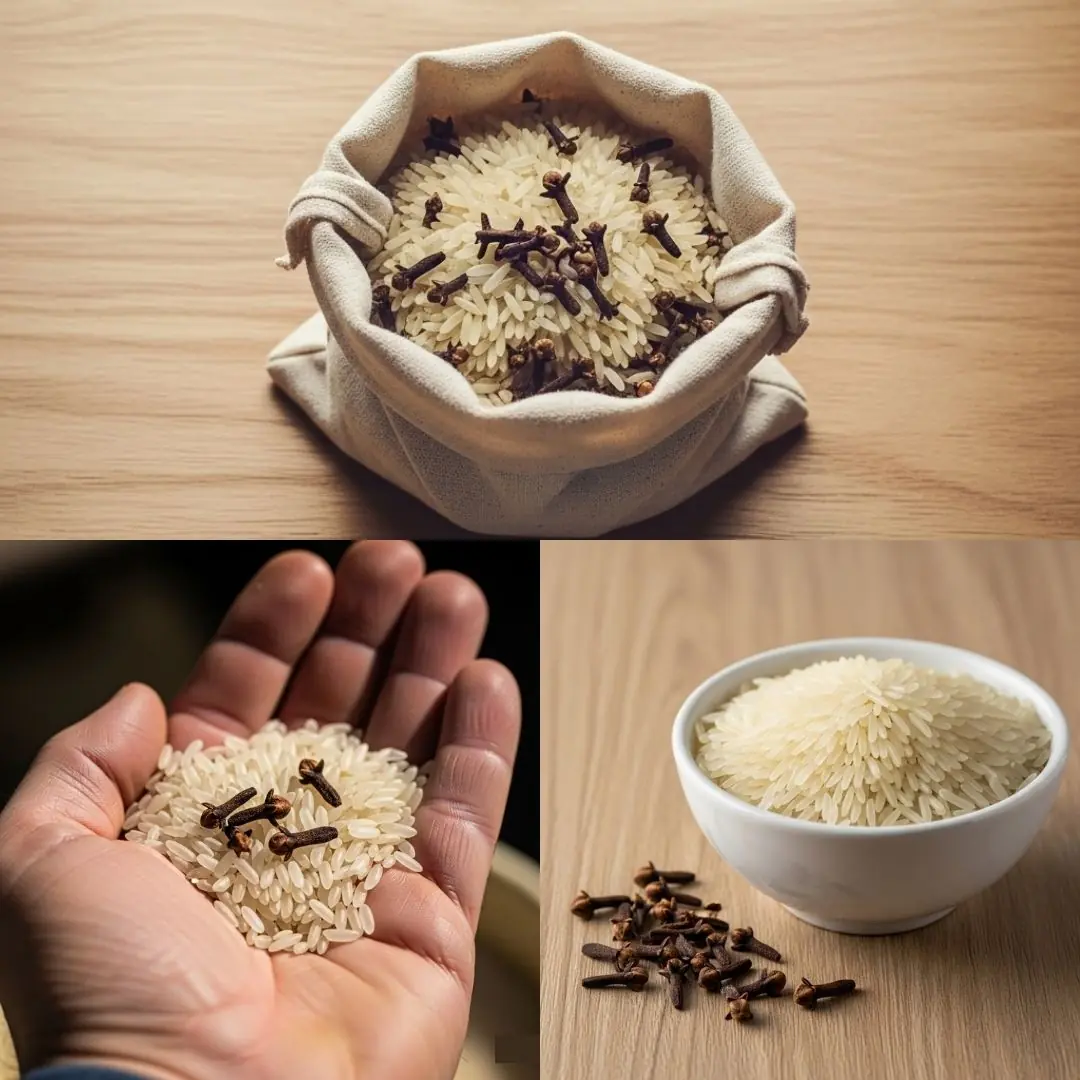
🚫 Say Goodbye to Weevils: Easy Tips to Keep Your Beans and Rice Safe

Purslane: The Humble Backyard Superfood You’ll Wish You’d Known Sooner
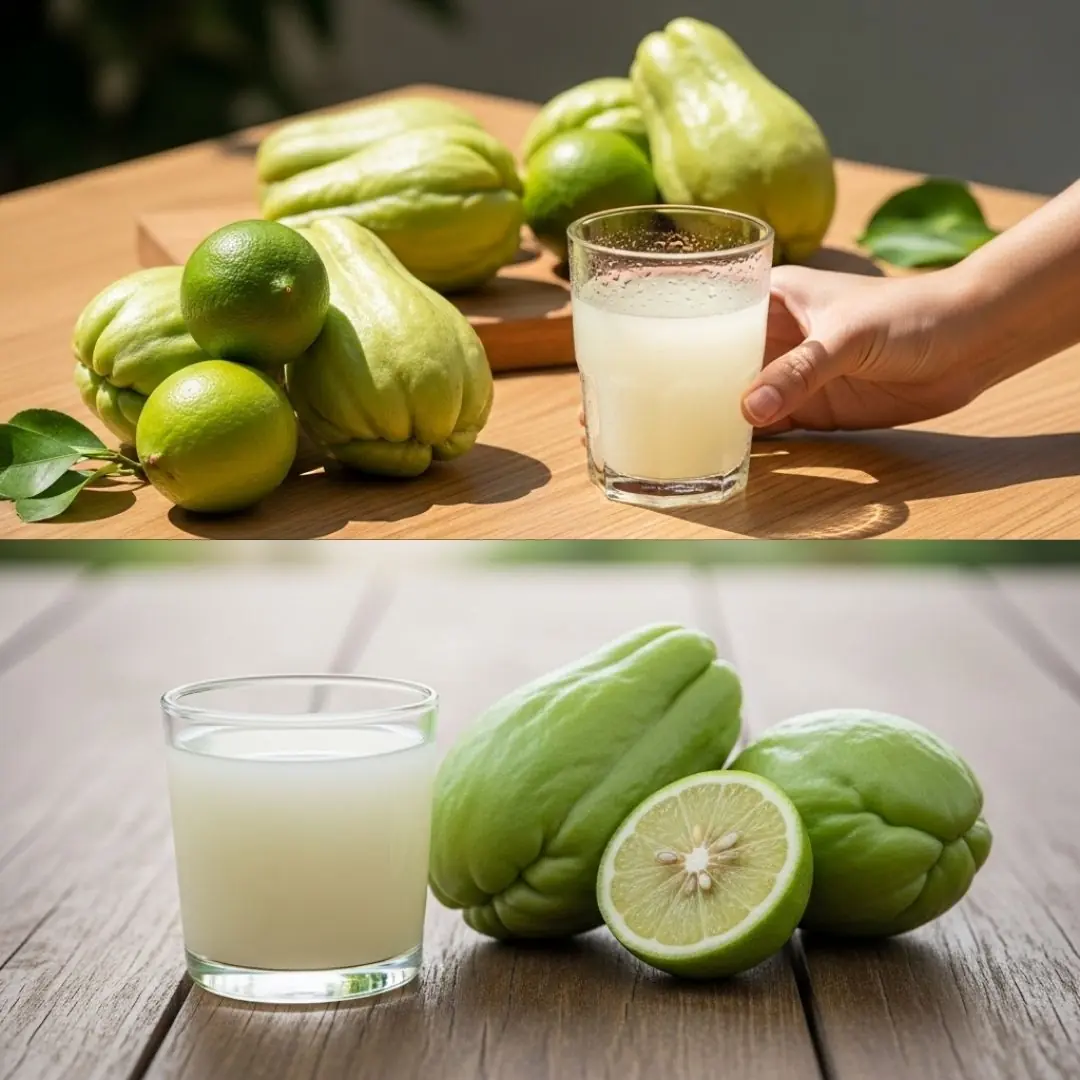
🥒🍋 Mix Chayote and Lemon — You'll Thank Me When You Discover What It's For!
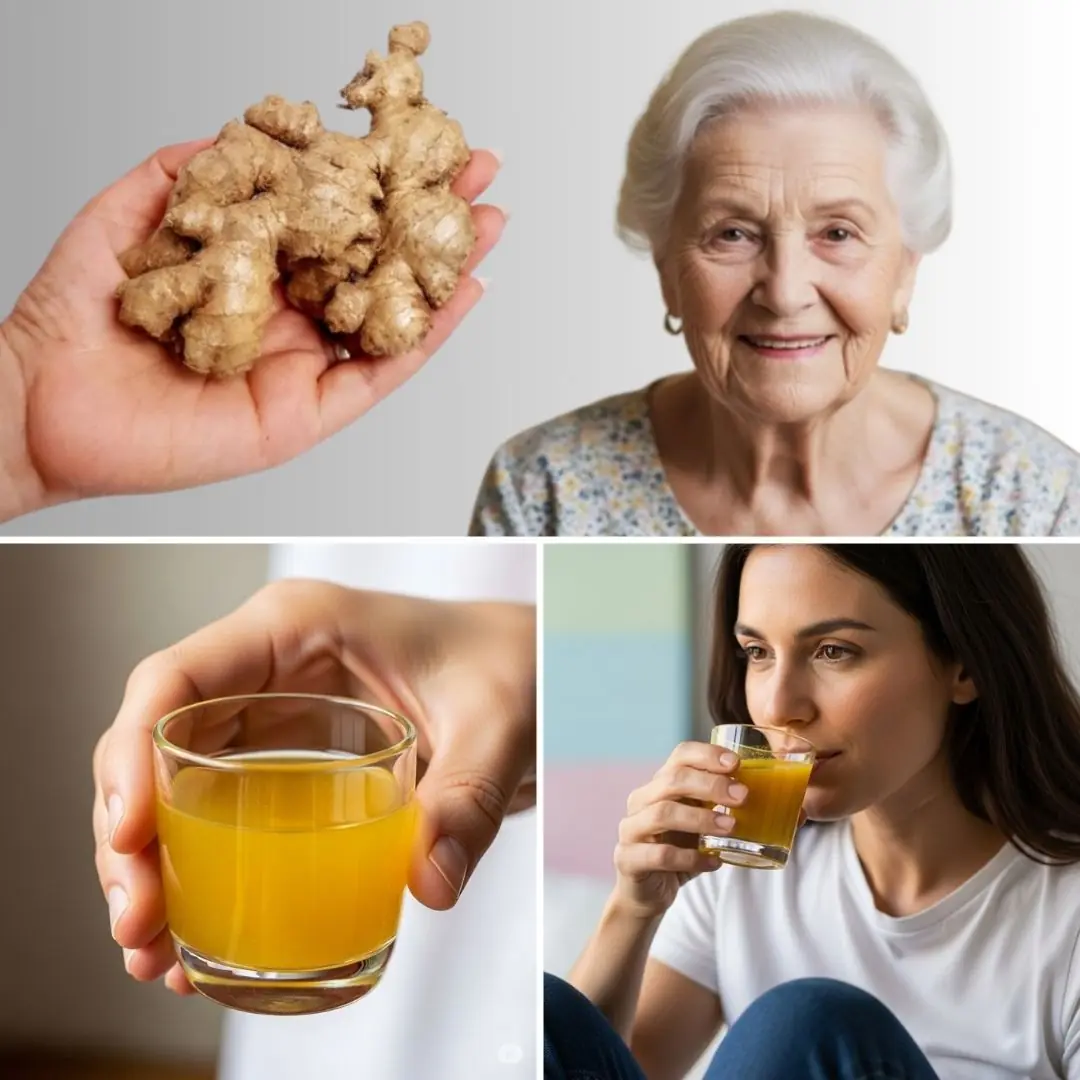
🍍 Why You’ll Love This Pineapple Lemon Ginger Fat Burning Juice

Kalanchoe Pinnata: The Miracle Leaf That’s Your Secret to Natural Healing
News Post

Banana Blossom: The Natural Medicine Everyone Overlooks

Scientists Warn: Most Infectious Covid Strain Yet Is Now Dominating

Say Goodbye to Anemia, Cleanse Fatty Liver, and Restore Vision in Just 7 Days With This Powerful Natural Remedy

Bloated Stomach: 8 Common Reasons and How to Treat Them (Evidence-Based)

Foamy Urine: Why You Have Bubbles in Your Pee and When to Worry

What Causes Belly Fat: Foods to Avoid and Other Key Factors

Notice These 4 Unusual Signs Before Sleep? Be Careful – They May Signal a Risk of Stroke

5-Year-Old Girl Diagnosed With Terminal Cancer: A Wake-Up Call for All Parents

Good News: Successful Trial of Method That Destroys 99% of Cancer Cells

New interstellar comet 3I/ATLAS is hurtling through the solar system — and you can watch it live online today

HealthScientists Detect Microplastics In Reproductive Fluids—Potential Infertility Risk

Ancient Inscriptions Inside Great Pyramid Rewrite History Of Its Builders

Once ‘Dead’ Thrusters On The Farthest Spacecraft From Earth That’s 16 Billion Miles Away Are Working Again

OpenAI’s Top Al Model Ignores Explicit Shutdown Orders, Actively Rewrites Scripts to Keep Running

Google Earth Unveils Shocking 37-Year Transformation Of Our Planet

Marine Animal Shows Are Officially Banned in Mexico After Historic Legislative Vote

Denmark Pays Students $1,000 Monthly to Attend University, With No Tution Fees

Protect Your Home and Wallet: Unplug These 5 Appliances When You’re Done Using Them

Some People Still Think These Two Buttons Are Only For Flushing
